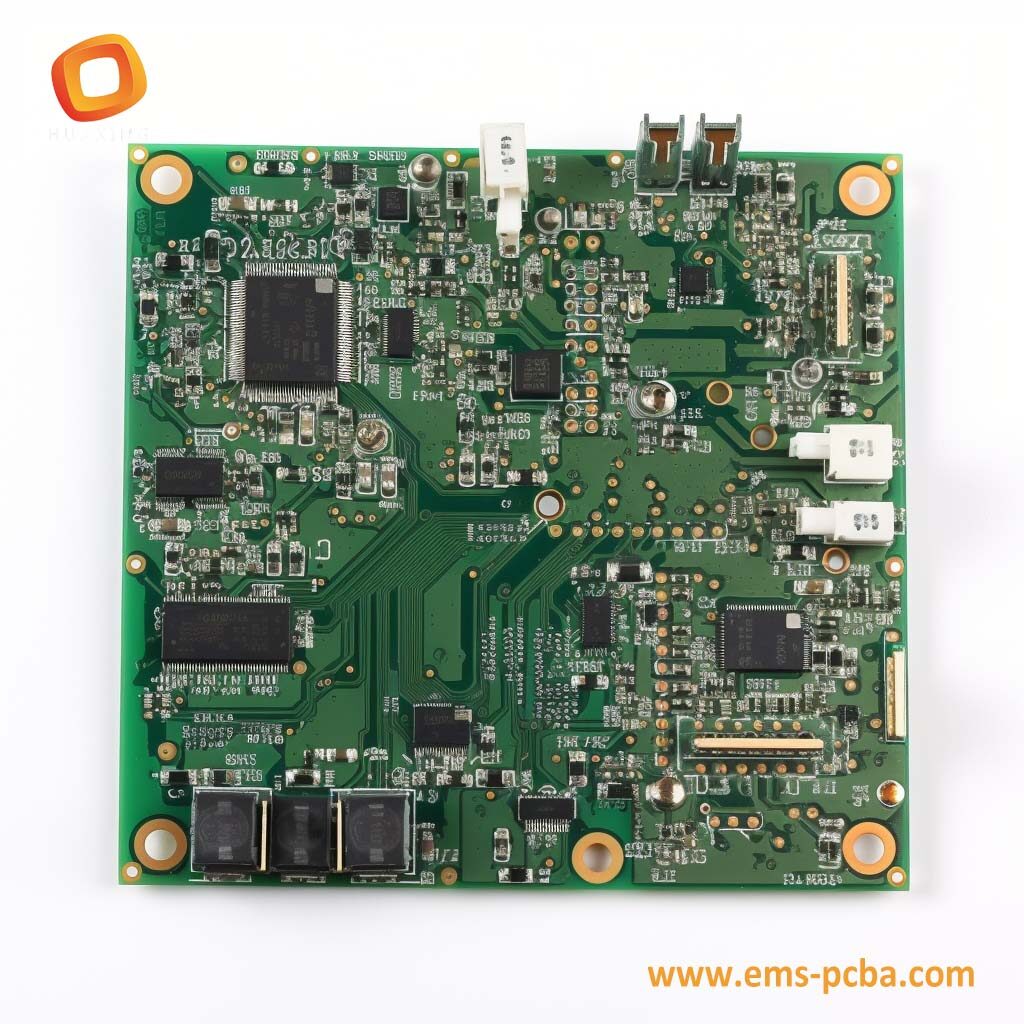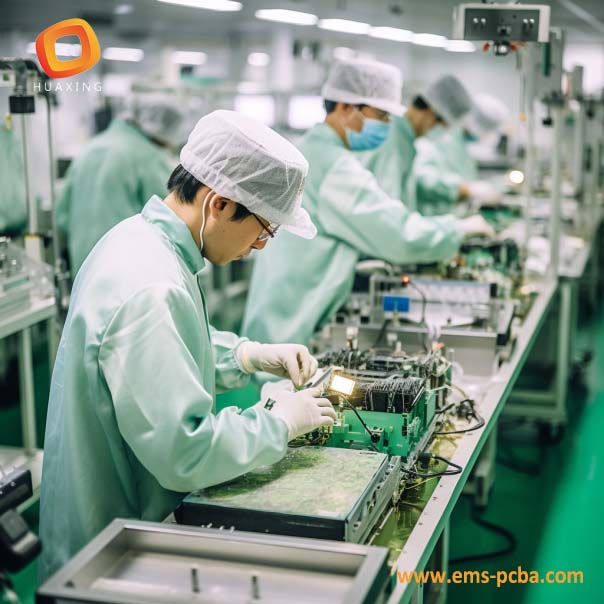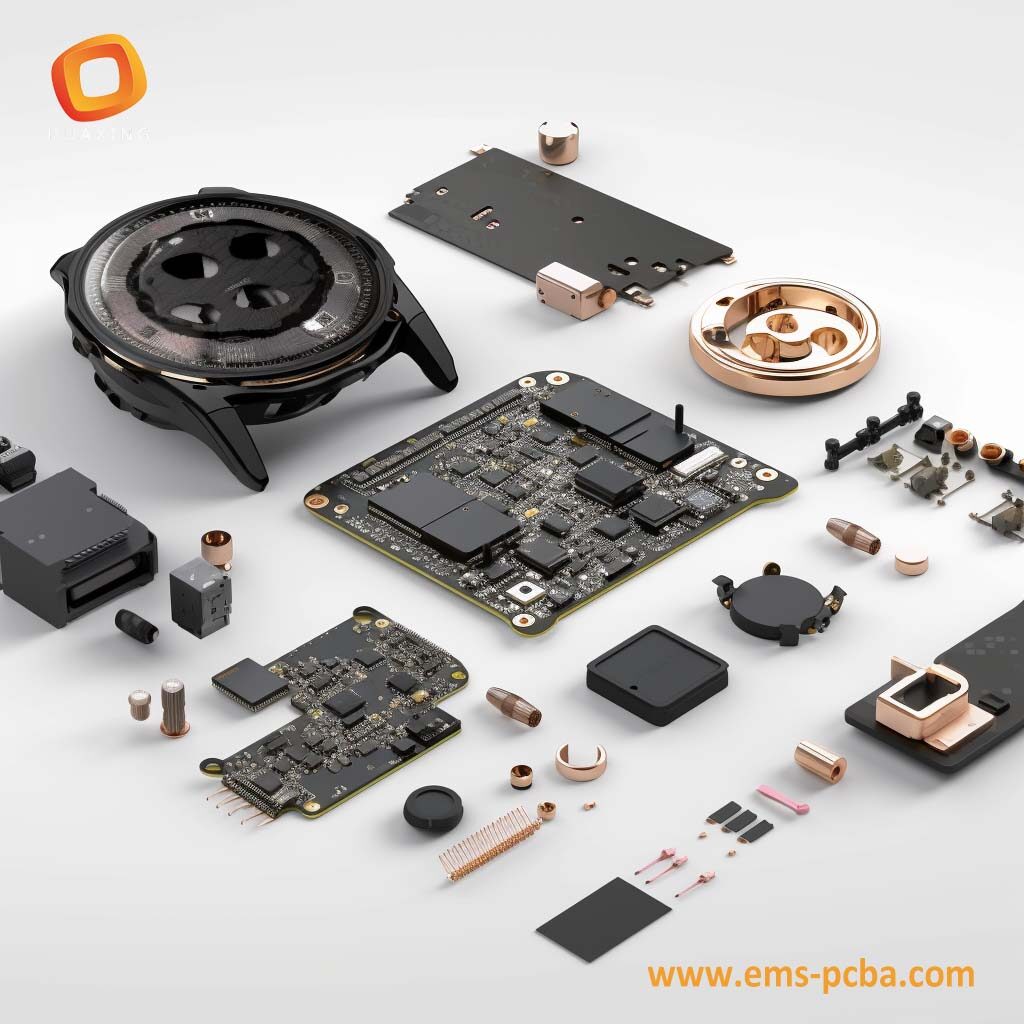- What Does PCB Mean?
Hey there, fellow professional buyers! Are you curious about what PCB means? Well, let me ask you this: have you ever wondered what connects your electronic devices and makes them function smoothly? Have you ever thought about how the circuits in your laptop or smartphone are designed and manufactured? Do you want to know what makes your gadgets work seamlessly without any glitches or hiccups?

PCB, or Printed Circuit Board, is the foundation of all electronic devices. It is a thin board made of insulating material, such as fiberglass or plastic, with conductive pathways etched onto its surface. These pathways, also known as traces, connect the electronic components on the board, allowing the flow of electricity and data. Without PCBs, our electronic devices would not exist, and we would not be able to enjoy the convenience they offer.
- What companies make PCBs?
Lot of companies that make PCBs. From large-scale factories that produce millions of boards a year, to smaller businesses that specialize in niche markets, the world of PCB manufacturing is vast and diverse.

At my own factory, we specialize in producing high-quality, custom PCBs for a variety of industries, from aerospace to telecommunications. Our team of skilled engineers and technicians use the latest equipment and technology to ensure that our products meet the highest standards of quality and reliability.
- Should you buy an extra PCB?
You might be wondering, why on earth would I need an extra PCB? Isn’t it just an unnecessary expense? But hear me out, because having an extra PCB could save you from a potential disaster. Imagine your current PCB fails during a crucial moment, and you don’t have a backup. What then?
So, to answer the question, yes, you should definitely buy an extra PCB. It’s a small investment that can pay off big time in the long run. And let’s face it, accidents happen, and you don’t want to be caught unprepared.
Now that we’ve established the importance of having an extra PCB, let me tell you that not all PCBs are created equal. When you’re buying an extra PCB, make sure it’s from a reliable supplier that meets your quality standards. Don’t just go for the cheapest option, because it could end up costing you more in the end.
But wait, there’s more! Buying an extra PCB not only provides peace of mind, but it also allows for flexibility in your production process. You can use the extra PCB for testing and debugging purposes, or even for experimenting with new designs.
- What is the best type of PCB?
Is the best type of PCB the one with the lowest cost? Maybe, but what about quality? Is the best type of PCB the one with the highest quality? Perhaps, but what about lead time? Is the best type of PCB the one that can be delivered the fastest? These are all important questions to consider.
In my opinion, the best type of PCB is one that balances cost, quality, and lead time. It should be cost-effective without sacrificing quality, and it should be delivered in a reasonable time frame. Of course, the specific requirements will vary depending on the project.
But let’s dive a bit deeper. Are you looking for a flexible PCB or a rigid PCB? Do you need a PCB with a high thermal conductivity or a low dielectric constant? These are all important factors to consider when choosing the best type of PCB for your project.
Another important consideration is the PCB manufacturer. Are they reliable? Do they have experience in producing the type of PCB you need? Do they have a good track record of delivering on time? These are all crucial factors to consider when choosing the best type of PCB for your project.
| Type of PCB | Advantages | Disadvantages |
| Single-sided | Low cost, easy to manufacture, suitable for simple circuits | Limited space for components, limited functionality |
| Double-sided | More space for components, more flexible design | More complex manufacturing process, higher cost |
| Multilayer | High functionality, high density, flexible design | High cost, complex manufacturing process, longer lead time |
In conclusion, there is no one-size-fits-all answer to the question of what is the best type of PCB. It depends on your specific needs and requirements. However, by considering factors such as cost, quality, lead time, type of PCB, and manufacturer reliability, you can make an informed decision and choose the best type of PCB for your project.
- Is it worth replacing PCB board?
Replacing a PCB board is not always necessary, but sometimes it is the only solution. The decision to replace a board should be based on various factors such as the age of the board, the type of damage, and the cost of replacement versus repair.
However, even if replacement is not necessary, upgrading your PCB board can provide numerous benefits. Newer boards often have better performance, higher efficiency, and improved durability. Upgrading can also help your product stay competitive in the market.
But how do you know when to upgrade? The answer is to keep up with industry trends and stay informed on new technologies. It’s important to work with a reliable PCB supplier who can advise you on when an upgrade is necessary and offer the latest solutions to meet your needs.
- How can I reduce my PCB price?
Let’s start with the basics – are you ordering the right quantity? A common mistake buyers make is ordering more PCBs than they need. But, why pay for extra when you don’t have to? Consider your usage and order accordingly.
Next, are you using the right material? Cheaper is not always better when it comes to PCBs. Low-quality materials can cause issues like warping or cracking, leading to extra costs down the line. So, make sure you’re using the right materials for your specific application.
Finally, have you explored different manufacturing options? Different PCB manufacturing processes have different costs. For example, if you only need a few PCBs, it might be more cost-effective to use a prototyping service instead of a full-scale production line.
In summary, reducing your PCB price isn’t just about cutting corners or finding the cheapest option. It’s about making informed decisions based on your specific needs and usage. By considering your order quantity, material selection, and manufacturing options, you can reduce your PCB cost without sacrificing quality.
- What is PCBs in manufacturing?
PCBs are the backbone of electronic devices, as they provide a platform for components to be mounted and connected to form a functional circuit.

Without PCBs, electronic devices would not exist as we know them today. Imagine having to manually connect every electronic component in your phone or computer without the aid of a PCB. It would be a daunting and time-consuming task.
But what sets PCBs apart from other wiring methods, you may wonder? PCBs offer a cost-effective and efficient way to mass-produce electronic circuits with high precision and reliability. They also allow for compact designs and improve the performance of electronic devices.
- How is a printed circuit board made step-by-step?
First off, have you ever wondered how a simple piece of plastic can turn into a functioning electronic device? Or how we’re able to pack so much functionality into such a small space? And don’t even get me started on how we manage to solder all those tiny components without losing our minds! It may seem like magic, but it’s all just a matter of following a few simple steps.
So, how is a printed circuit board made step-by-step? Well, it all starts with a design. We work closely with our clients to create a detailed design that meets their specifications. Once we have the design, we print it onto a special film using a high-resolution printer. This film is then used to create a stencil that we’ll use later in the process.
Next, we create the board itself. We start by laminating layers of fiberglass and copper together. This creates a sandwich-like structure that we’ll later etch to create the circuits. We then drill holes in the board to allow us to insert the components.
After that, it’s time to apply the solder paste. This is where the stencil we made earlier comes in handy. We place the stencil over the board and use a special tool to spread the paste over the surface. This paste will hold the components in place and allow us to solder them onto the board.
Finally, it’s time for the main event: soldering! We use a special machine to heat the board and melt the solder paste. This creates a strong bond between the components and the board. And just like that, our PCB is complete!
- How long does it take to order a PCB?
When it comes to ordering a PCB, the answer to the question depends on a few factors. First and foremost, the complexity of the board design and the number of layers required will impact the production time. In general, a standard 2-layer PCB can be manufactured and shipped within 5-7 business days. However, if you require a more complex board design or a higher number of layers, the production time can extend up to 2-3 weeks.
When it comes to ordering a PCB, the answer to the question depends on a few factors. First and foremost, the complexity of the board design and the number of layers required will impact the production time. In general, a standard 2-layer PCB can be manufactured and shipped within 5-7 business days. However, if you require a more complex board design or a higher number of layers, the production time can extend up to 2-3 weeks.
Remember, you can always consult with PCB factories to stay up to date on the latest trends and technologies in PCB production.






